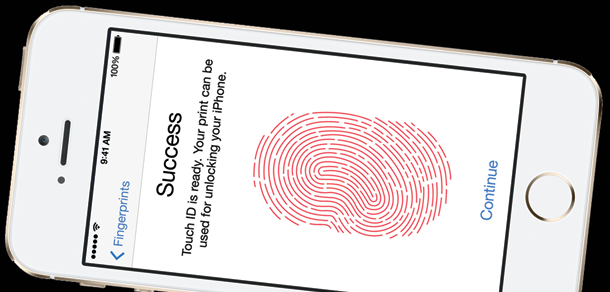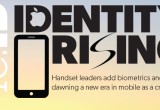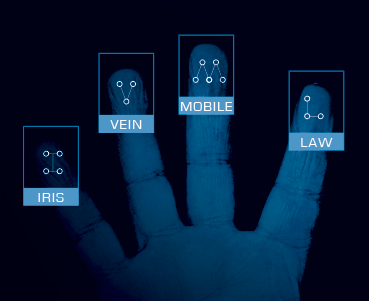Applications, functionality a necessity for biometric handsets
Make sure the tech works and improves usability
13 January, 2014
category: Biometrics, Corporate, Digital ID, NFC
In 2002 I attended my first biometric trade show, the Biometric Consortium Conference in Crystal City, Va. At that point I was a few months into editing a publication covering high-tech identity and biometrics solutions and this was the first time I was able to see some of the technology in action.
It was just about a year after the Sept. 11, 2001 terrorist attacks and a lot of focus was on biometrics at a distance and no-touch technologies. Many people were saying, “this is going to be the year where biometrics take off.”
And every year since I’ve heard the same thing. It has been particularly ratcheted up this year with the inclusion of a fingerprint scanner on the iPhone 5s and the continued failure of passwords and traditional identity and access management systems.
When Apple included Touch ID in the new handset I had my concerns. Would the scanner work all the time and would there be issues with false rejections. There has been the random complaint but the vast majority of what I hear and have experienced is that the scanner works and does what it claims.
The success of the iPhone 5s has given rise to a number of other handsets supposedly using fingerprint or another biometric. The latest rumor has the iPhone’s biggest rival – the Samsung Galaxy – using iris recognition technology when the S5 is released in the spring, according to Bloomberg.
All of these are great steps and necessary. Finding ways to add an additional factor of authentication for access to handsets is great and hopefully a first step that will lead to the handset being used as a key to access other resources as well.
Will Apple open up the Touch ID API so that the fingerprint can be used by other app for authentication? That’s my biggest problem with Apple’s deployment. Only enabling it to be used to unlock the handset and make iTunes purchases limits the functionality.
If Samsung is going with iris recognition will it only be used to unlock the handset or will it enable access to apps and even NFC transactions?
Let’s not forget, the Android operating system has dabbled in biometrics before. Handsets with a front facing camera could use facial recognition technology to unlock the handset. Reports were that this technology didn’t work very well and could be easily spoofed by holding a picture of the registered user up to the camera.
Iris is a cool technology, and I have often said I would like a scanner on my front door. But my caution to Samsung is to make sure it works and adds real value or it won’t be used. Don’t do it just to compete with the 5S. Make sure it works and includes functionality beyond unlocking the handset.




